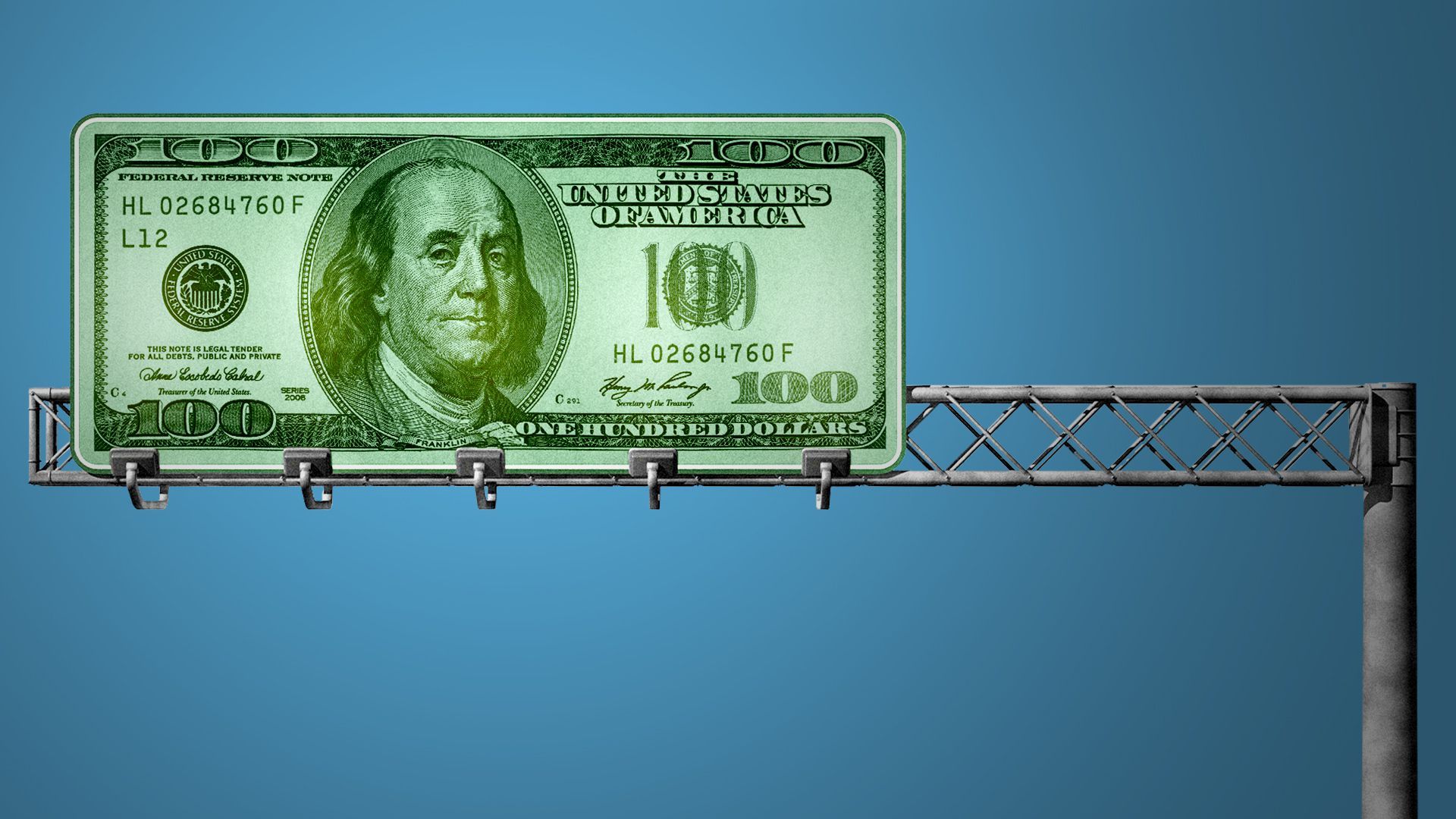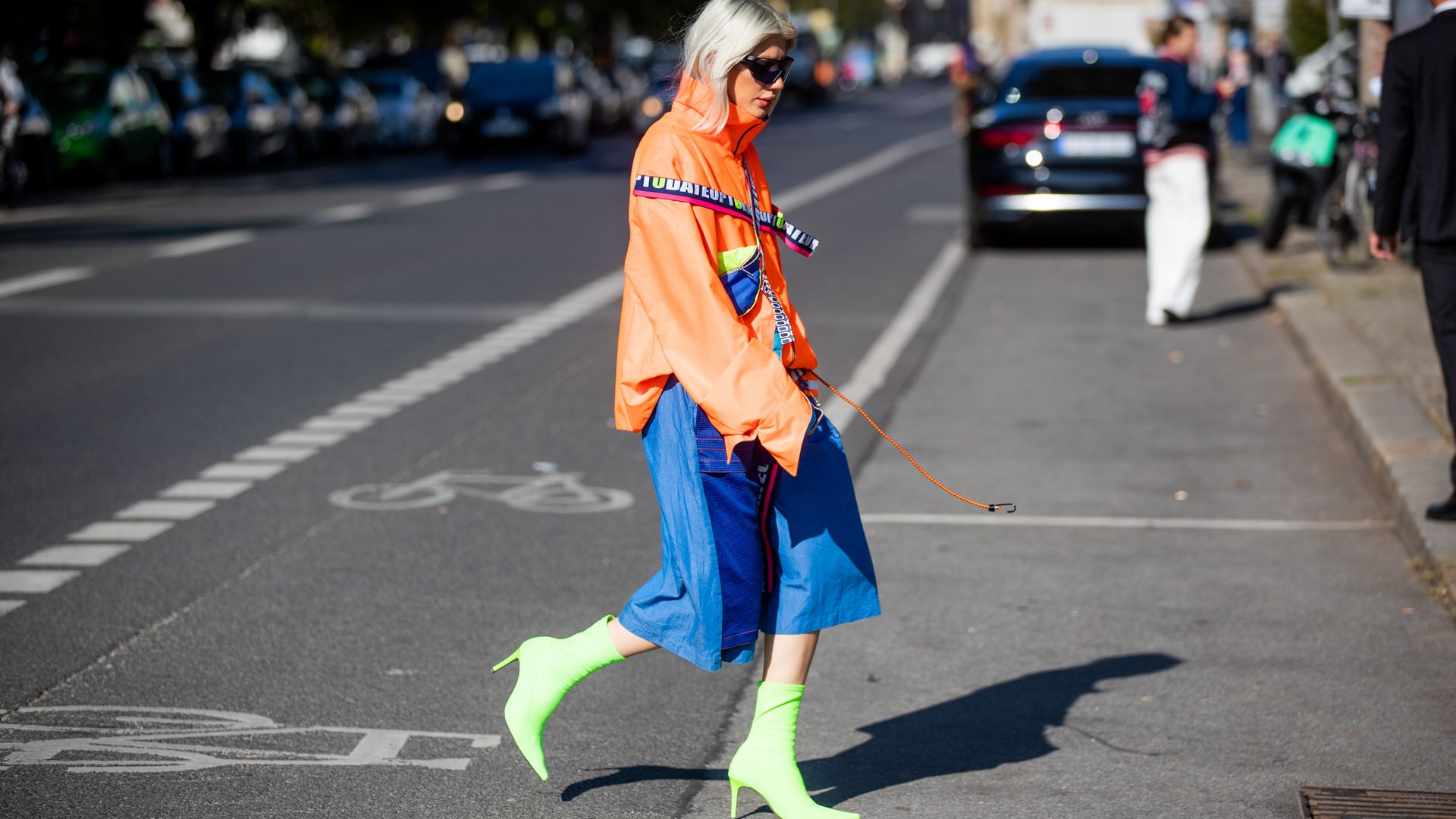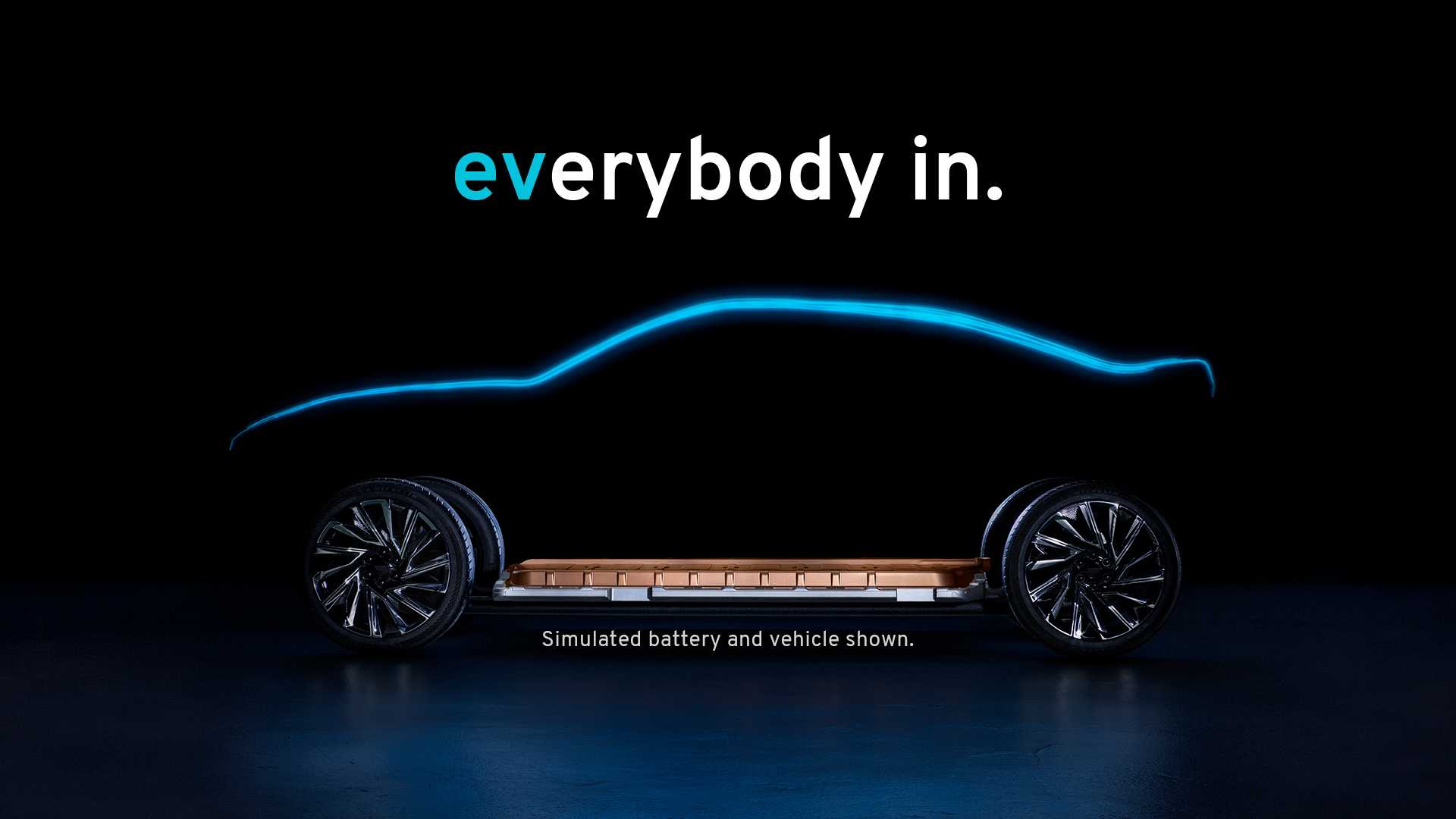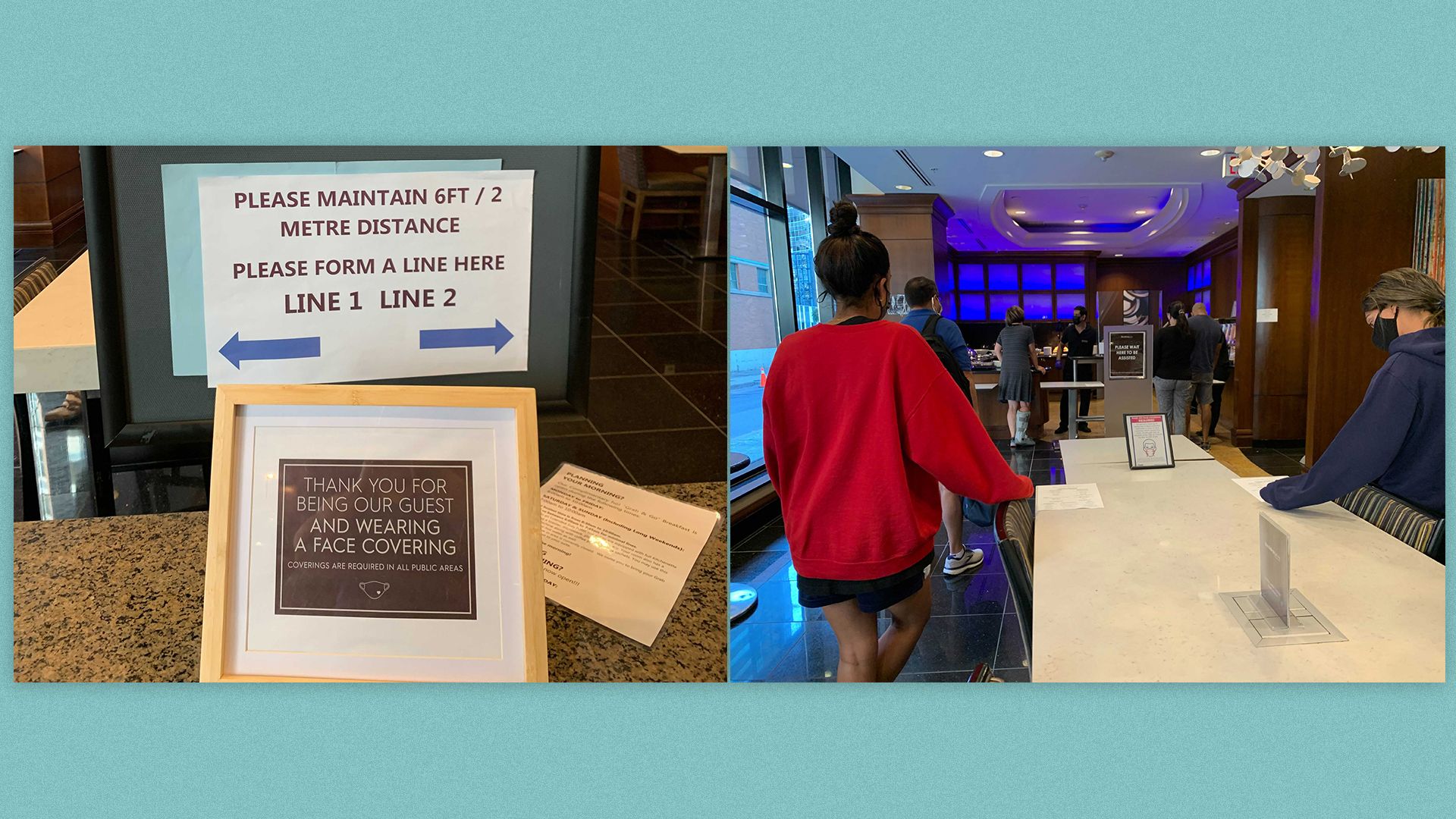| | | | | | | Presented By General Motors | | | | Axios What's Next | | By Jennifer A. Kingson, Joann Muller and Erica Pandey ·Sep 16, 2021 | | Would you rather pay a gas tax at the pump (which most of us do today) or a pay-as-you-go road usage tax, as several states are trying out? Joann Muller gives us the latest. - Meanwhile, you have a job to do: Check out the photos on your phone and send us one that encapsulates What's Next in our lives — cutting-edge trends, technology, weird stuff? Email whatsnext@axios.com.
📨 RSVP: Join Axios' Andrew Freedman and Ben Geman tomorrow at 12:30pm ET for a virtual event on the new industries and stakeholders powering up clean energy job options. Guests include Sen. Alex Padilla (D-Calif.) and executive director of BlueGreen Alliance Jason Walsh. Register. Today's Smart Brevity count: 1,016 words ... 4 minutes. | | | | | | 1 big thing: New tolling systems are poised to hit highways |  | | | Illustration: Aïda Amer/Axios | | | | Electric vehicles might be good for the environment, but they're terrible for state budgets, which depend on fuel taxes to pay for road maintenance, Joann Muller writes. - So states like Oregon and Utah are experimenting with new road user fees — known as "vehicle mileage taxes," or VMTs — that reflect changing mobility trends.
Why it matters: By charging drivers for the miles they drive — instead of taxing the gas they use — states can ensure that everyone pays their fair share for public roads. - But some drivers might wind up paying more than they do now, and the preliminary technology involved is raising privacy concerns.
How it works: In Utah and Oregon — where EVs and increased fuel efficiency are blowing a hole in road repair budgets — drivers are being asked to enroll in voluntary experiments in pay-as-you-go tolling. - Under a VMT system, drivers report their mileage electronically, using a plug-in device in their cars or a smartphone app.
- Per the Deseret (Utah) News: "Users are given the option to pay 1.5 cents per mile traveled or an annual flat fee of $120 for electric vehicles or $20 for gas hybrids."
- Oregon is testing several potential funding models based on the time of day and other factors.
- Under one potential scenario, a driver could pay a statewide 1.8-cents-per-mile fee, plus a 20-cent metropolitan Portland surcharge, plus a virtual toll on Interstate 5 and another fee for entering downtown Portland.
Pros and cons: On the plus side, user fees can help manage traffic congestion and address climate issues by charging different amounts for certain regions, roads and times of day. - However, requiring drivers to insert a transponder in their car is a red flag to some.
- And rural drivers, who tend to drive more, could find themselves paying more than urban and suburban residents.
The big picture: The federal Highway Trust Fund, which pays for roads and transit systems through the existing 18.4-cent per gallon fuel tax, is running out of money. - The budget gap will inevitably grow wider as cleaner cars burn less fuel and EVs become more popular.
- States are feeling a similar pinch from their shrinking gas tax collections.
- "Oregon is at the cutting edge of a problem everyone will face," says Michelle D. Godfrey, a spokesperson for OreGO, the state's road usage pilot program. "We have to get real about funding, because it affects everybody."
The bottom line: Roads have to be funded, even if gas taxes disappear. Figuring out an equitable fee system is going to be a big challenge. Read the full story. |     | | | | | | 2. Cheat sheet: Fall fashion trends |  | | | A Fashion Week guest in Berlin on Tuesday. Photo by Christian Vierig/Getty Image | | | | We rounded up a bunch of lists of what's chic this fall, so that you don't have to! Here goes: Bloomingdale's catalog: Patterns (like plaid, argyle and houndstooth), ballet flats, miniature handbags, chunky clogs, shearling accessories, quilted jackets. InStyle: Matching sets (top/pants/jacket), tops with slogans or graphics on them, bright colors (like orange), "cutouts" (i.e. big holes in your clothing), fringe. Vogue: Sweaters with attitude, floral prints, plaid miniskirt suits (like the ones Cher Horowitz wore in "Clueless"), souped-up black leather jackets, stripes, neon colors. Fall's hottest colors: Marie Claire tells us they're indigo blue, army green, "clay" (which seems to be orangey-brown), bright red, fuchsia, lilac and silver. What they're saying: "While we once considered slogan and graphics to be somewhat juvenile, our current motto is that you're never too old to wear anything," says InStyle. - "Clothes are clothes, and the truth is, a snarky saying or sweet illustration is an instant mood-booster and allows you to say something without ever opening your mouth."
|     | | | | | | 3. Arched eyebrows over climate action |  Data: Pew Research Center; Chart: Jared Whalen/Axios New polling indicates pervasive doubts among people in 17 advanced economies about whether China and the U.S. — the world's two largest carbon emitters — will take meaningful steps to fight climate change, Andrew Freedman writes in Axios Generate. Why it matters: The Pew Research Center survey released ahead of a critical United Nations climate summit in just over six weeks reveals public skepticism over whether multilateral negotiations will succeed in confronting the problem. - The polling also finds that most citizens give their countries modestly positive grades for tackling climate change.
Details: The European Union's climate change response is viewed favorably by citizens of most of the economies surveyed. - The United Nations, where Secretary-General António Guterres is rallying countries to slash emissions, gets high marks, with a median of 56% of respondents seeing its efforts favorably.
Read the full story. |     | | | | | | A message from General Motors | | Progress moves when everybody's in | | |  | | | | General Motors is investing $35 billion globally in EVs and AVs through 2025 and offering access to nearly 60,000 places to charge across the U.S. and Canada. Why it's important: By creating a seamless charging experience, GM's investment is electrifying the future. | | | | | | 4. Apple banks on subsidies to move this year's iPhones |  | | | Apple CEO Tim Cook introducing the iPhone 13 on Tuesday. Photo: Apple | | | | With the iPhone 13 lineup providing only modest updates to Apple's flagship smartphone, the company may be even more reliant on promotions from wireless carriers to keep the sales momentum going, Ina Fried writes in Axios Login. Why it matters: Apple counts on the iPhone for a huge chunk of its own sales, while such sales are also critical to the rest of the mobile industry, including network providers and component suppliers. Driving the news: Apple on Tuesday unveiled the iPhone 13, iPhone 13 mini, iPhone 13 Pro and iPhone 13 Pro Max — all updates to similar-size models from last year's line. - A sleeper hit among the updates could be a larger battery, which addresses one of the biggest issues facing modern smartphone owners: a phone that does everything they want but still struggles to get through a full day of heavy use.
The big picture: Subsidies, which had been on the wane, have increased over the last couple of years and have played a big part in keeping iPhone sales strong throughout the pandemic. Read the full story. |     | | | | | | 5. Photo of the day |  | | | Photo: Joann Muller/Axios | | | | What's Next: Social distancing at the hotel breakfast buffet Axios' Joann Muller — fresh from delivering a daughter to college in Toronto — writes: "Hotels have had to adapt on the fly during the pandemic. "At the Marriott Residence Inn in downtown Toronto, I found a modified 'grab and go' breakfast buffet. All the usual items are available — eggs, sausage, bagels and fruit — but guests must stand at a distance behind tables while the hotel staff fills their plate. "Then guests must take their trays back up to their room to eat. No dining in the common area." |     | | | | | | A message from General Motors | | Progress moves when everybody's in | | |  | | | | General Motors is investing $35 billion globally in EVs and AVs through 2025 and offering access to nearly 60,000 places to charge across the U.S. and Canada. Why it's important: By creating a seamless charging experience, GM's investment is electrifying the future. | | | | They say that the good things in life — like a subscription to Axios What's Next — are free! So true. Subscribe here. |  | | It'll help you deliver employee communications more effectively. | | | | | | Axios thanks our partners for supporting our newsletters. If you're interested in advertising, learn more here.
Sponsorship has no influence on editorial content. Axios, 3100 Clarendon Blvd, Suite 1300, Arlington VA 22201 | | | You received this email because you signed up for newsletters from Axios.
Change your preferences or unsubscribe here. | | | Was this email forwarded to you?
Sign up now to get Axios in your inbox. | | | | Follow Axios on social media:    | | | | | |









No comments:
Post a Comment